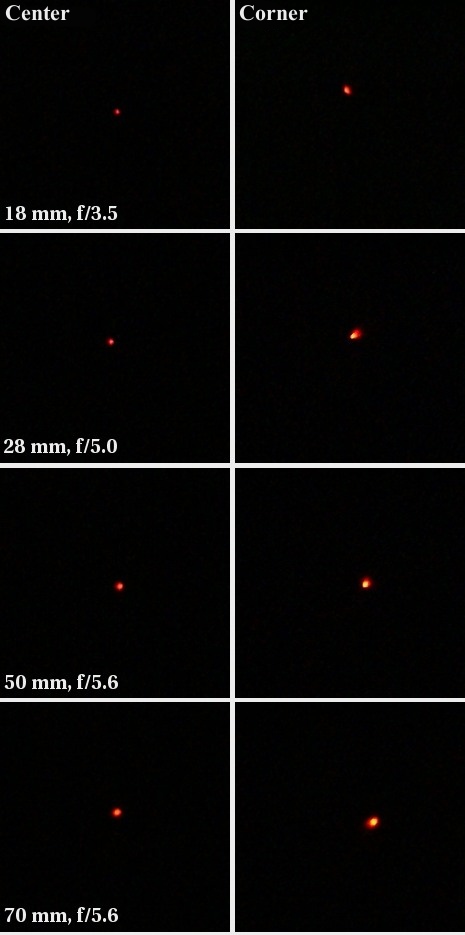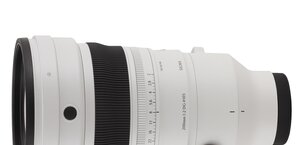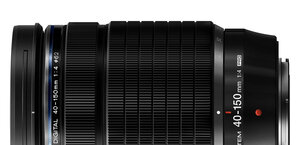Sony DT 18-70 mm f/3.5-5.6
7. Coma and astigmatism

The astigmatism is this lens’s much more bothersome problem – next to the chromatic aberration it is the second serious reason of such weak resolution results and the untypical nature of the MTF50 values graph. We could have expected that in a sense. Plastic housing and mount joined with movable elements which ensure the change of the focal length and focusing, don’t create favourable conditions for keeping the system’s elements perfectly along the optical axis. It makes the off-axis aberrations more increased in a turn. All plastic inventions, including other “kit” lenses like e.g. the popular Canon EF 1.8/50 II model, share this problem.
Please Support UsIf you enjoy our reviews and articles, and you want us to continue our work please, support our website by donating through PayPal. The funds are going to be used for paying our editorial team, renting servers, and equipping our testing studio; only that way we will be able to continue providing you interesting content for free. |
- - - - - - - - - - - - - - - - - - - - - - - - - - - - - - - - - - - - - - - - - - - - - - - -
Let’s get down to the results. The average difference between the vertical and horizontal MTF50 values, measured in the frame centre, amounted to as much as 17%. What’s important, it started to decrease only on stopping down to about f/11. This fact, along with the increase of the chromatic aberration on stopping down the aperture, didn’t allow the lens to reach maximum resolution values near f/8.






